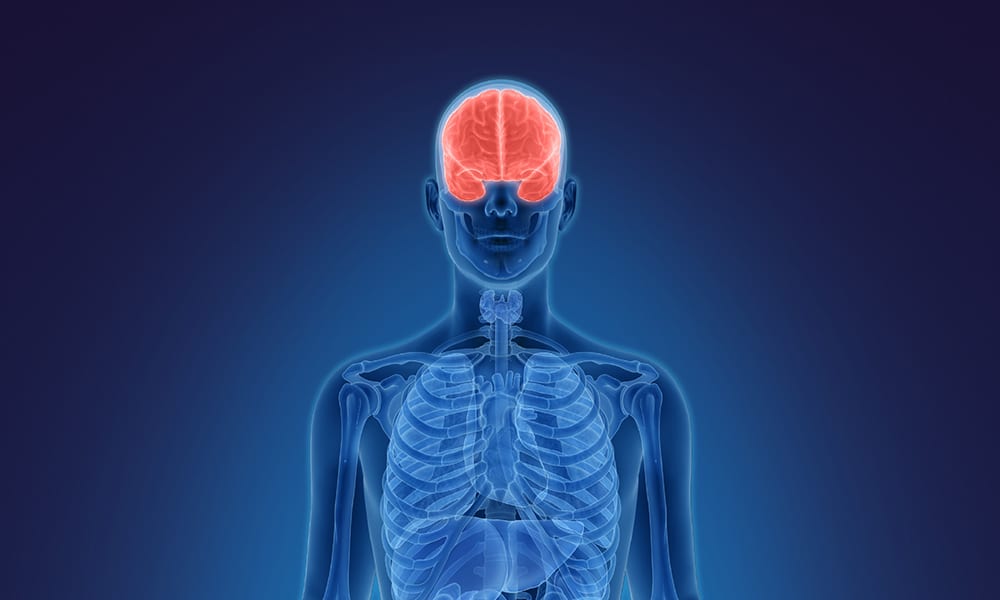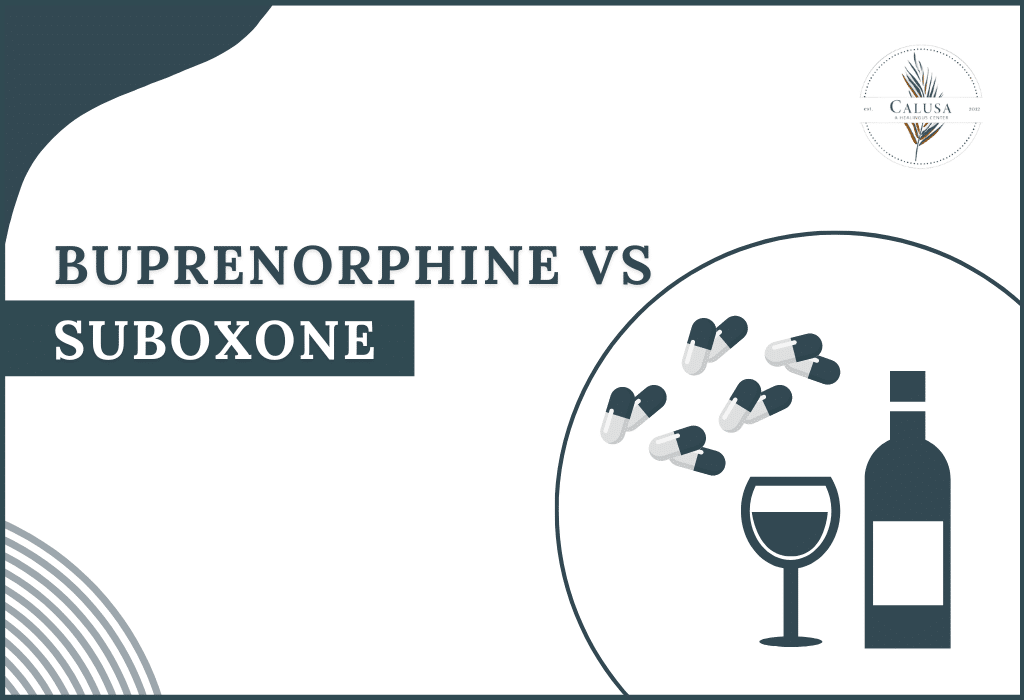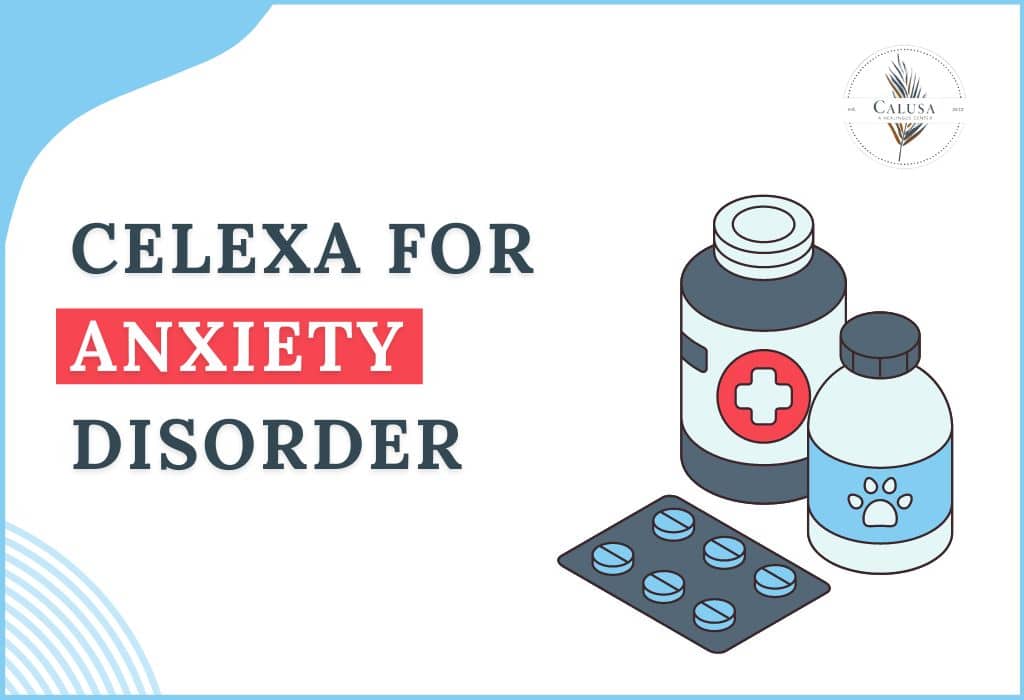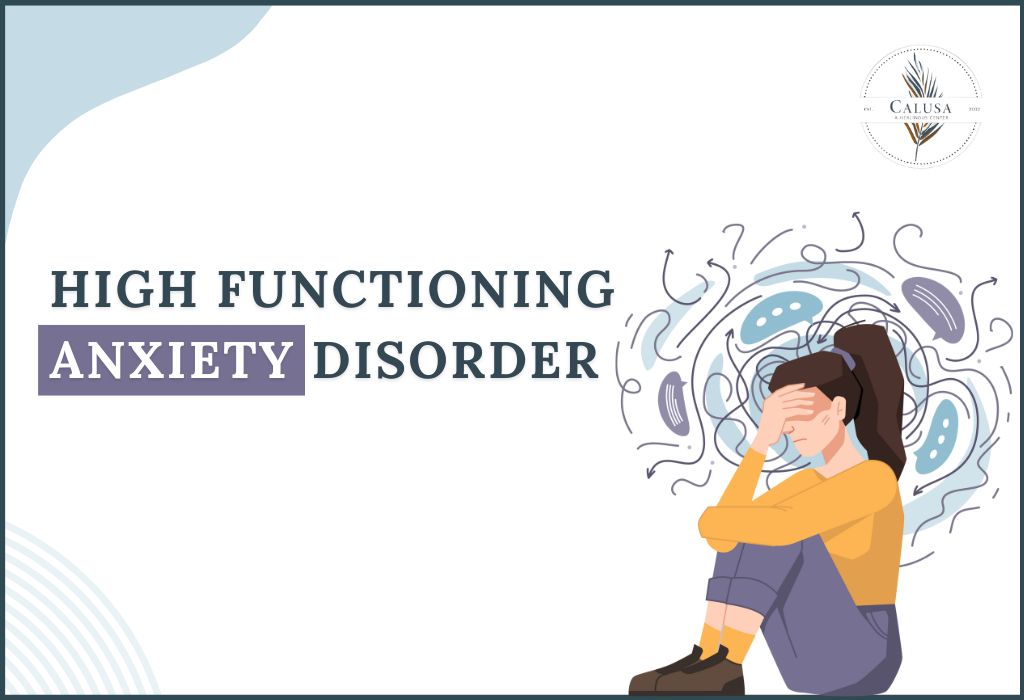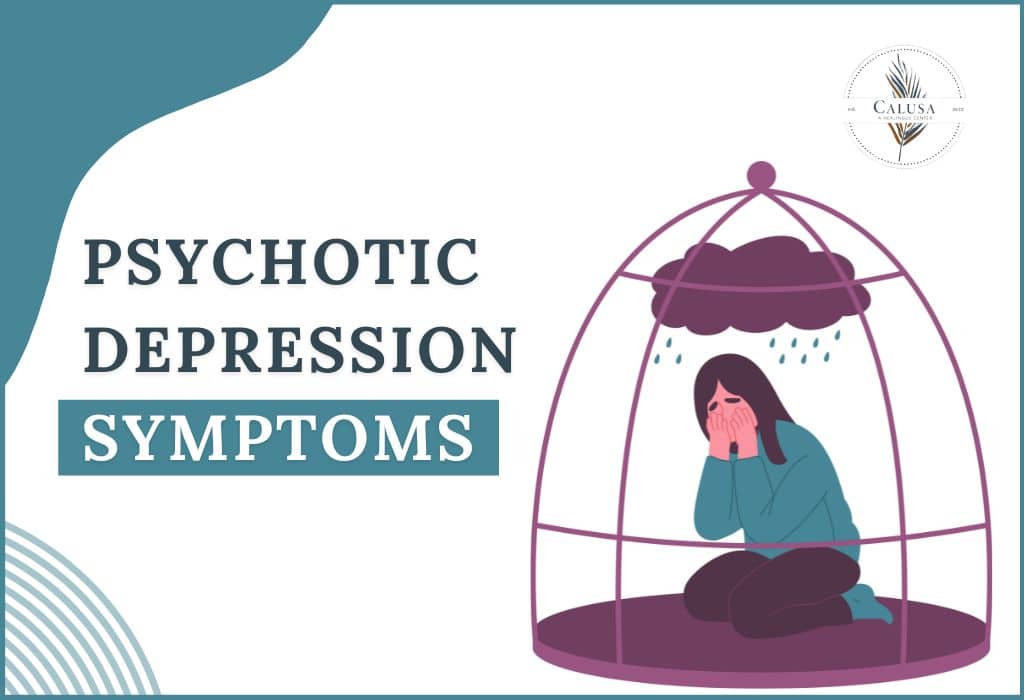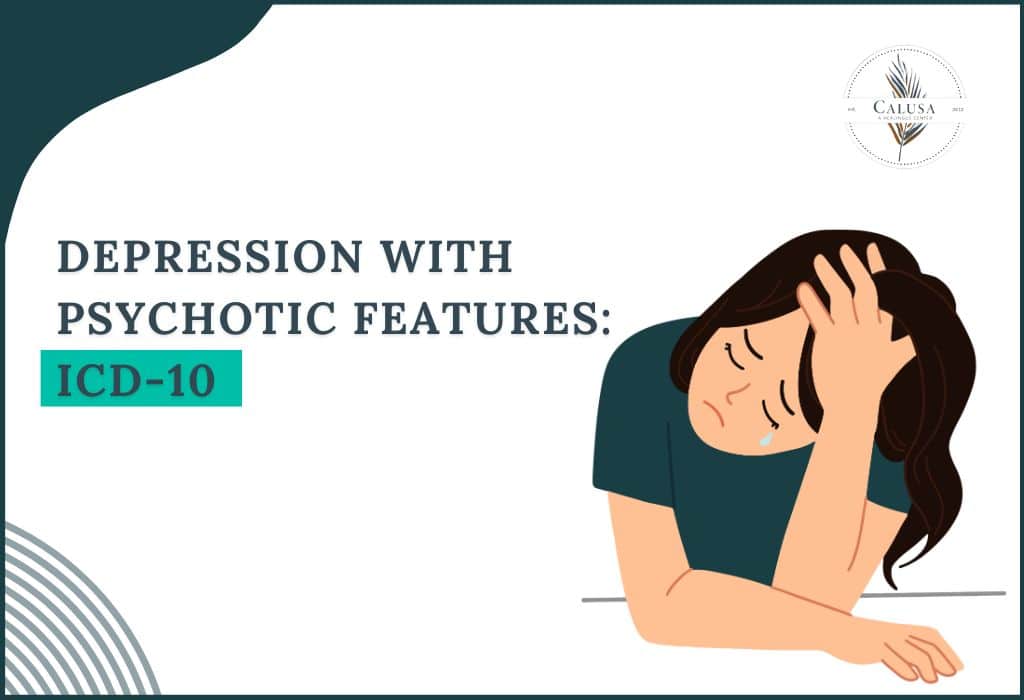Heroin, an addictive substance derived from the opium poppy, profoundly impacts the brain and major organs, causing a cascade of detrimental effects. When heroin enters the body, it rapidly converts to morphine and binds to opioid receptors in the brain, creating an intense rush of pleasure and euphoria. These receptors are also present in other vital organs, like the lungs, liver, and gastrointestinal tract, contributing to the widespread impact of the drug. However, the short-term euphoria masks the long-term consequences, as heroin’s extended use results in severe and lasting effects on the brain. This blog takes you inside the brain of a person with drug abuse, primarily focusing on heroin addiction, covering aspects of what does heroin look like, how does heroin affect the brain, what are the different forms of heroin, how does heroin addiction affects mental health, and some proven treatment ways to cure this addiction.
In a world where substance abuse and addiction remain persistent challenges, the narratives are as diverse as the individuals who grapple with them. Whether driven by curiosity, peer pressure, or an attempt to escape life’s burdens, the path into the realm of addiction is seldom straightforward. From alcohol to prescription medications, the range of substances people turn to in search of relief or recreation is wide, and so are the stories that unfold.
What does heroin look like?
Heroin can look like a couple of different things, light in color to dark in color of a powder substance similar to that of sugar and flour mixed. Heroin typically appears as a fine, white to brownish powder or a sticky, dark substance known as “black tar” heroin. The color and consistency of heroin can vary depending on factors such as its origin, purity, and the substances it has been mixed with.
Here are the common forms of heroin:
1. White Powder Heroin
This type of white or off-white powder heroin is typically found in Eastern regions and is more likely to be pure compared to other forms. However, purity can vary greatly.
2. Brown Powder Heroin
Brown heroin is a less pure form of the drug and may be brown or beige. It often contains impurities and adulterants.
3. Black Tar Heroin
This type of heroin is dark, sticky, and resembles a tar-like substance. It is typically found in the western United States and is less processed than powdered heroin. Black tar heroin may contain higher levels of impurities.
4. Heroin Pills
In some cases, heroin is pressed into pill form, which may be disguised as prescription medications. These pills can come in various shapes and colors.
How does Heroin come into the picture?
The drug comes from the opium poppy, and people have been growing these poppies for over 6000 years, dating back to Neolithic times. People used to cut open poppies, collect the opium-filled sap, and consume it. That’s why opium has been a popular drug for a very long time. The drug morphine was first extracted in 1810 from the resin of opium poppy and it was found that morphine has incredible pain-killing effects producing a state of numbness, a new euphoria that made it a go-to drug for surgery and to our surprize, it’s still used today when other painkillers fall flat. Little did we know how addictive morphine can be, it was used liberally during the American Civil War and it left tens of thousands of soldiers hopelessly addicted and dependent on the drug.
In this response, heroin made its grand entrance derived from morphine by a German scientist and was marketed as a new wonder drug, a safe and non-addictive alternative to morphine. Curing headaches, colds and coughs, depression, and even old age are some of the use cases it was launched for. But in reality, heroin was addictive and was distributed in an unregulated pattern for over a decade. Heroin was legally restricted under the Geneva Convention in 1925.
Ways of consuming heroin
Heroin is a highly dangerous and illicit substance with numerous harmful ways it can be consumed. It’s important to understand these methods to raise awareness about the risks and consequences associated with heroin use.
Here are some harmful ways heroin is consumed:
1. Injection
Injecting heroin directly into the bloodstream is one of the most dangerous and harmful methods, yet one of the most common ones. Users often dissolve the drug in water and then inject it into a vein (intravenous), muscle (intramuscular), or under the skin (subcutaneous). This method can lead to immediate and severe health risks, including the transmission of bloodborne diseases like HIV and hepatitis, as well as vein damage and infections.
2. Smoking
Heroin can be smoked in various forms, such as by heating it on aluminum foil or using a specialized pipe. Smoking heroin can lead to lung and respiratory issues, as well as damage to the mucous membranes in the mouth and throat.
3. Snorting
Some people make powdered heroin and snort it through the nose. This method of consuming heroin can damage the nasal passages, chronic congestion, and damage to the nasal septum.
4. Suppository
In rare cases, heroin may be consumed rectally as a suppository. This method still carries the risk of overdose and the potential for physical harm.
How does heroin affect the brain?
The trajectory of how heroin affects the brain is a process that takes place within 12 hours of injecting this into your body. When injected or smoked, the active chemical compound in heroin, diamorphine can reach the brain quickly via the blood. Once in the brain, enzymes convert it to morphine and it starts to alter the balance of natural chemicals in the nervous system. Zooming into the brain, you will find billions of neurons responsible for relaying information, and between the billions of connections called synapses. At the synapses, morphine from heroin connects to special receptors called opioid receptors. This connection then leads to the release of dopamine, commonly known as the feel-good hormone.
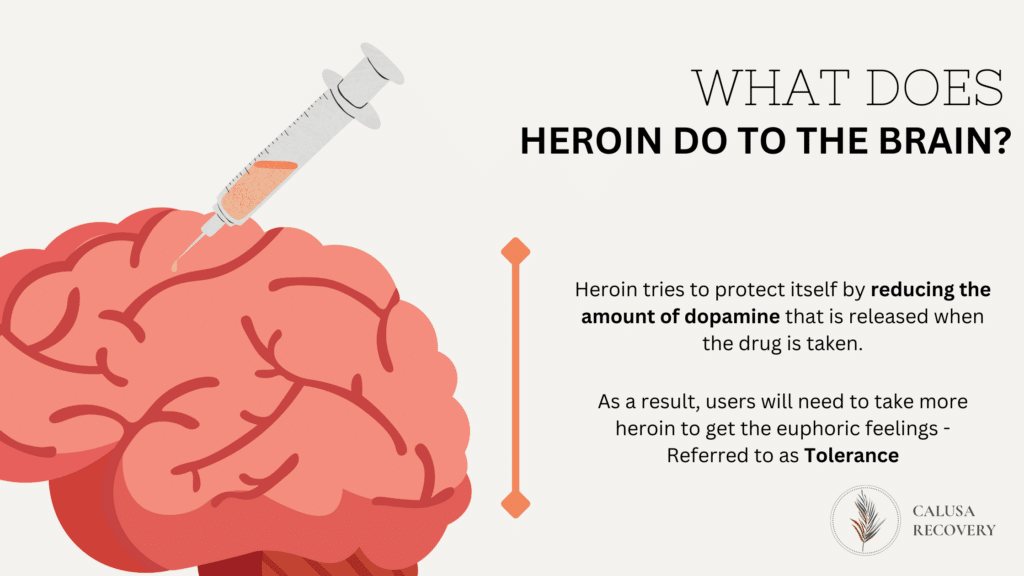
The term effect of heroin on the brain is alarming. Prolonged heroin use disrupts the brain’s natural production of endorphins, the body’s natural painkillers. Over time, this alteration diminishes the brain’s ability to experience pleasure without the drug, leading to tolerance and dependence. Additionally, heroin abuse can cause structural changes in the brain, affecting decision-making, impulse control, and stress regulation. These alterations can persist long after cessation of use, making recovery from heroin addiction an uphill battle. Moreover, the risk of overdose and potential damage to major organs, such as the heart and kidneys, escalates with prolonged heroin abuse, underscoring the urgency of seeking help and treatment for addiction.
As more and more heroin reaches the brain and tricks it into releasing more and more dopamine, users experience something often described as a rush of euphoria. While that might not sound too bad, it’s only the tip of the heroin iceberg and what follows is much more dangerous and damaging. As morphine and diamorphine are painkillers because of their properties of slowing the nervous system down after the initial rush of dopamine, and euphoria, heroin users will begin to feel drowsy. They won’t think clearly, and their heart and breathing rates will slow down a lot. If not enough oxygen gets into the blood, this thick substance raises the risk of coma and brain damage.
This can last for several hours depending on the dose but even if you manage to avoid the perils of a heroin trip, the danger is far from over. This is primarily because of its predecessors morphine and opium, heroin is unbelievably addictive. Even after using it once, you can build up both tolerance and physical dependence that change your brain and your behavior forever.
Tolerance means that each time you take a drug, the impact becomes less intense. This means you need more of the same substance to achieve the same high and when you take more, the slowing effects are greater and long-lasting, putting you at more and more risk. On the other hand, physical dependence implies that the body adapts to having the drug within it, and whenever you don’t have heroin in your system, you observe horrible withdrawal symptoms like diarrhea, vomiting, muscle pain, restlessness, insomnia, etc.
Concisely, when you become addicted to heroin which is super easy to do, seeking and taking more of the drug becomes your sole purpose in life which is the peak of addiction that you can reach. It’s not just the psychological effects that are distressing, evidence shows that the continued presence of heroin in the brain can fundamentally change its structure and function and these changes are not easy to reverse.
Long-term effects on the brain
The fact that heroin binds to and activates opioid receptors in the brain. Activating opioid receptors in the brain’s reward center boosts dopamine release, causing a happy feeling.
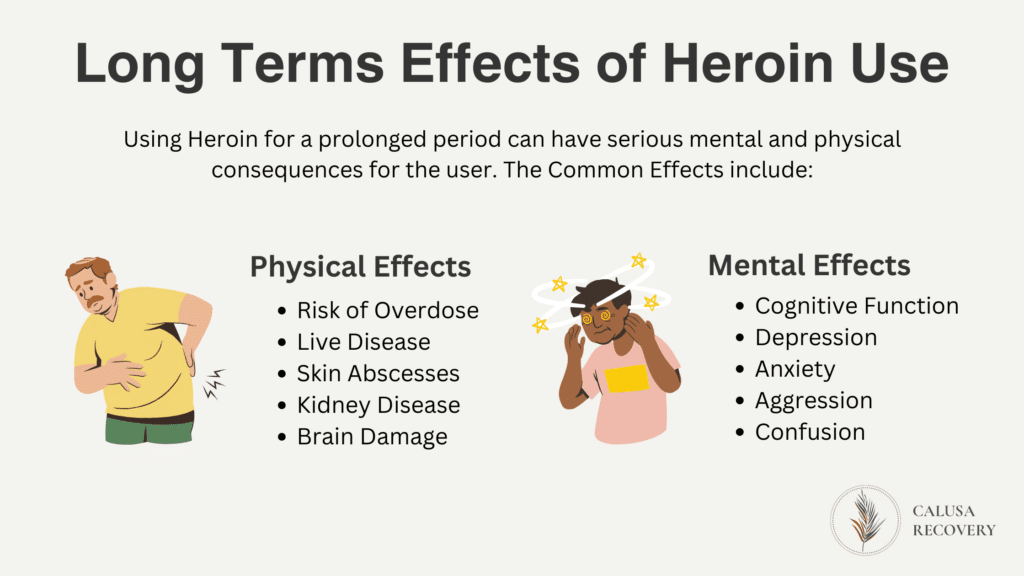
High risk of respiratory depression which could lead to lethal overdose.
Some adulterant or “cutting” agents don’t dissolve completely in the injection solution which can lead to serious health problems.
The surge of euphoria experienced from using heroin, especially via injection, can be powerfully reinforcing, driving people to use it again and again. As mentioned before, this repeated use can quickly lead to physical dependency and eventually addiction.
Here are some of the long-term effects on the body and brain:
- Heroin has a direct impact on the intellectual bandwidth of the brain as well as the physical injury caused by a lack of oxygen due to repeated respiratory arrest and lowered breath rate. Deterioration of the white matter of the brain due to heroin use may affect decision-making abilities, the ability to regulate behavior, and responses to stressful situations
- Frequent injection of heroin coupled with white spread sharing of syringes increases the risk of contracting HIV, hepatitis B&C, and blood-borne infectious diseases such as infective endocarditis
- Heart- Injection of heart lining and valves
- Respiratory Pneumonia, nasal passage irritation, and nasal septum injury
- Chronic vascular inflammation collapsed veins
Long-term use of heroin also causes severe medical consequences such as scarred veins, a bacterial infection of blood vessels, liver and kidney disease, and lung complications.
Other complications of heroin may include life-threatening pulmonary edema, compartment syndrome, suppression of pain, and miosis.
Short-term effects on the brain
People have been misusing heroin, an illegal opioid, for many years. In the 21st century, the use of heroin has caused a massive increase in both dependence and overdose deaths. The Route of Administration of heroin varies largely with intravenous root being the most common root including subcutaneous, intranasal, and intramuscular. Heroin changes in the brain to monoacetylmorphine, which activates opioid receptors.
Heroin is approximately twice as potent as morphine and here are some underlying effects on the brain governed by the long-term use of heroin:
- The feeling of a surge of pleasurable sensation. Repeated administration of increased doses will induce a state of physiological dependence and necessitate the continued administration of the drug.
- Nausea
- Heavy Limbs
- Respiratory depression
- Severe itching
- Slowed heart rate and breathing rate
The withdrawal symptoms usually last for 48 to 72 hours of the last drug dose and can even subside after about a week. Some chronic addicts have persistent withdrawal symptoms for quite a few months and even years. Common withdrawal symptoms are listed below:
- Restlessness
- Insomnia
- Drug craving
- Diarrhea
- Muscle and bone pain
- Cold Flashes
Heroin can cause a dangerous effect called respiratory depression, which is a common and concerning side effect leading to death. This risk also exists with other opioid medications like morphine. The risk is high with heroin as it is more potent than any other opioid medication, heroin reliably causes reduced gastrointestinal motility which leads to constipation.
Heroin Overdose: Brain Damage
Heroin overdose occurs when a person takes a dose of a drug that is large enough to overwhelm the body’s ability to process and tolerate it. The rationale behind a heroin overdose is primarily due to the drug’s effects on the central nervous system and the body’s natural protective mechanisms.
Understanding the impact of heroin on the brain is crucial for effective intervention and support. Seeking professional help is crucial. Engaging in comprehensive treatment programs can aid in mitigating the long-term effects of heroin on the brain. These programs include behavioral therapy and medication-assisted treatment. Through education, support, and a holistic approach to treatment, individuals struggling with heroin addiction can embark on a path towards recovery, reclaiming control over their lives and fostering healthier brain function and overall well-being.
Several factors contribute to the risk of heroin overdose:
1. Depressant Effect
Heroin is a potent central nervous system depressant and when it enters the body, it slows down vital functions, including respiration (breathing) and heart rate. In high doses, this can lead to respiratory depression, where the person’s breathing becomes slow, shallow, or even stops altogether.
2. Tolerance and Dose Escalation
Over time, as individuals use heroin, their bodies can develop tolerance to the drug’s effects. This means that they require increasingly larger doses to achieve the desired effects, which can lead to a higher risk of overdose if they miscalculate the dose.
3. Inconsistent Purity
The purity and potency of street heroin can vary significantly. Users may not be aware of the actual strength of the heroin they are using. A relatively small change in purity can result in a significantly different drug effect, making it challenging to estimate a safe dosage.
4. Combining with Other Substances
Many individuals who use heroin also use other substances, such as alcohol or benzodiazepines. Combining multiple depressant substances can increase the risk of overdose, as the effects of each drug can compound one another.
5. Lack of Knowledge
Users may lack accurate information about the strength and potential dangers of the heroin they are using. They might also underestimate the risks involved in their consumption.
6. Interrupted Tolerance
In some cases, people who have developed a high tolerance to heroin may stop using the drug for a period. This could happen during a period of incarceration or rehab. If they then return to drug use and attempt to use the same high dose as before, their tolerance may have significantly decreased. This can make them vulnerable to overdose.
Treatment of Heroin Overdose
Treatment for heroin addiction typically involves a combination of medical, psychological, and social interventions aimed at helping individuals overcome their dependence on the drug. The specific approach may vary based on the individual’s needs, the severity of the addiction, and available resources.
Here are some common components of treatment for heroin addiction:
1. Medical Detoxification
The first step in treatment is often medical detoxification. The Medical Detoxification process involves safely and gradually reducing the level of heroin in the individual’s system. It also includes managing withdrawal symptoms and addressing any medical complications that may arise during withdrawal. Certain medications, like methadone, buprenorphine, and clonidine, can help reduce withdrawal symptoms and cravings.
2. Medication-assisted treatment (MAT)
MAT involves the use of prescription medications. Medications such as methadone, buprenorphine, or naltrexone are used in combination with counseling and behavioral therapy. These medications can help reduce cravings and withdrawal symptoms, making it easier for individuals to focus on their recovery.
3. Behavioral Therapy
Various forms of behavioral therapy are often used to address the psychological aspects of addiction. This may include individual counseling, group therapy, and family therapy. People often use therapies like Cognitive-Behavioral Therapy (CBT) and Contingency Management. These help individuals learn coping skills and deal with the root causes of their addiction.
4. Support Groups
Participation in support groups, such as Narcotics Anonymous (NA) or SMART Recovery, can provide a sense of community. These groups also offer ongoing recovery support. These groups allow individuals to share their experiences and receive guidance from peers who understand addiction’s challenges.
5. Dual Diagnosis Treatment
Many individuals with heroin addiction also struggle with co-occurring mental health disorders. Dual-diagnosis treatment addresses both the addiction and the underlying mental health issues to ensure comprehensive care.
6. Counseling and Therapy
Individual counseling sessions can help individuals explore the root causes of their addiction and develop healthier coping mechanisms. Group counseling sessions can further support them in rebuilding their lives.
7. Aftercare and Continuing Support
Recovery is an ongoing process. After completing a formal treatment program, individuals may benefit from ongoing support and aftercare services to help them maintain sobriety. This could include sober living homes, outpatient counseling, or additional support groups.
8. Holistic and Alternative Therapies
Some treatment programs may incorporate holistic or alternative therapies. These can include mindfulness meditation, yoga, art therapy, or acupuncture, to complement traditional treatment methods.
9. Education and Relapse Prevention
Education about the risks of heroin use and strategies for relapse prevention is a critical aspect of treatment. Understanding triggers and learning how to manage them is essential for long-term recovery.
Frequently Asked Questions (FAQ)
1. What color is heroin that’s mostly consumed?
White powder, brown powder, and black-tar heroin are types of heroin that people often use, as shown by the data. But the white or off-white powder is easy to find because it comes from a common source and is usually very pure.
2. Where can I learn more about the treatment of heroin addiction?
If you hope to achieve heroin sobriety, you must find a way to stop using the drug. But if you’re addicted, quitting has an important consequence. Namely, it can trigger withdrawal symptoms capable of sapping your will to break the cycle of addiction. Fortunately, there are ways to weaken the impact of withdrawal and increase your chances of reaching a heroin-free state. Medication is also a common element of heroin detox, in particular.
The medication you receive may help you transition gradually from uncontrolled drug use to an initial state of sobriety. It may also help ease specific symptoms of heroin withdrawal. As a bonus, your detox team can help you get ready to start active rehab once you’re heroin-free. The drug detox program by Calusa Recovery can help you surpass your withdrawal symptoms and help you finesse your way out.
3. How does heroin affect the brain?
Heroin profoundly impacts the brain by interacting with the central nervous system’s opioid receptors. This interaction induces a cascade of effects, including intense feelings of euphoria, relaxation, and pain relief. Dopamine, linked to pleasure and reward, is a crucial neurotransmitter in this process.
Heroin use triggers a release of dopamine, reinforcing drug use and contributing to the intense pleasure experienced by users. Heroin use also leads to changes in the brain’s reward system and cognitive function, contributing to the cycle of addiction. Additionally, chronic heroin use can lead to mood disturbances, such as depression and anxiety. Understanding these neurological changes is crucial in addressing the challenges associated with heroin addiction and developing effective treatment strategies.
Conclusion
Heroin addiction is a powerful and complex adversary, but the human spirit is no less formidable.
As we continue to research, educate, and advocate for those affected by addiction, we take one step closer. This helps in dismantling the stigma that often surrounds it.
With open hearts and the understanding that recovery is possible, we can help those in need find their way back to the light. We offer a path toward healing and a brighter, drug-free future.
Compared to the US population, Florida has unusually high exposure to opioid problems. Hence, to stay in touch with our clients and give them the best possible treatment, we have our Heroin Rehab Center in Florida. We are always available to help you out and guide you along this path of endless recovery.

